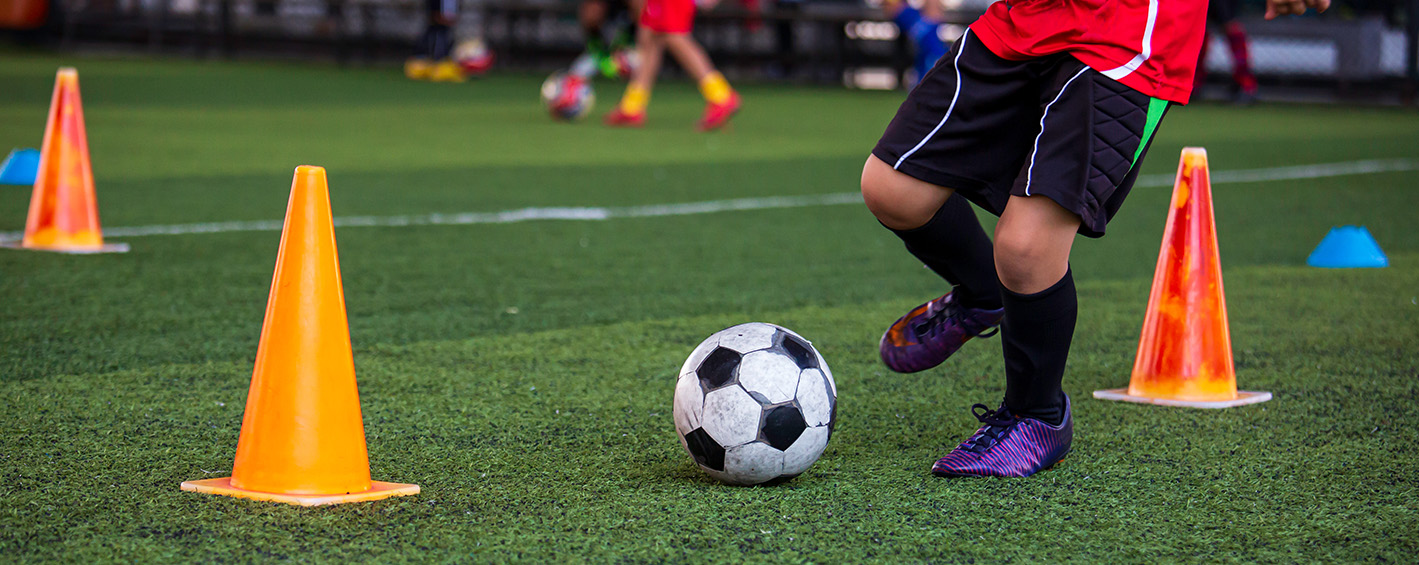Share it
Player practice is crucial if they want to improve their ball reception skills – check out my 10 tips that players should be working on to give your team the technical edge in ball possession skills and combination play into attacking situations

In any sessions that I am working on with my team, be it general passing and pressing activities or more intense like a match I want to see my players making good passing and receiving combinations that move the ball quickly and confidently up the pitch.
I don't want to see the ball passed to early – if there is space in front of the player they should be surging into it moving up the pitch making the defending work much harder.This is where good play in 1v1s also comes into its own – surge into space, beat a player and the pitch will open up.
What I hate to see is when the attacking players are working on combination play but individuals do not have good pre-orientation and poor positioning, receiving the ball with their back to their opponent's goal. In this position they can only lay the ball back because they cannot see a forward pass when they have their back to the play. It takes extra touches to open up and attack the goal.
I will always insist the players offer options at an angle so they can move the ball quickly – if they are receiving the ball on the half-turn this lets them ope up a lot faster because they can look up and see what is ahead meaning the attack is not delayed and players can pass and move into attacking areas.
10 Tips For Good Practice When Receiving The Ball
- Be mentally prepared: Stay focused and anticipate the ball's arrival. Scan the field to identify open spaces and potential passing options.
- Get in a good position: Position yourself to receive the ball comfortably. Create space between yourself and opponents by making quick, purposeful movements.
- Communicate with teammates: Use verbal and non-verbal cues to indicate your availability for a pass. Call for the ball or make eye contact to establish a connection with your teammates.
- Use your body effectively: Shield the ball from opponents by placing your body between the defender and the ball. Use your arms to create space and maintain balance.
- First touch control: Aim to control the ball with your first touch to set yourself up for the next action. Take the ball into space or play a quick pass to maintain possession.
- Be aware of surroundings: Assess your options before receiving the ball. Keep an eye on nearby teammates and opponents to make quick decisions.
- Use both feet: Develop the ability to receive the ball comfortably with both your left and right foot. This flexibility will provide you with more options on the field.
- Be confident and decisive: Trust your skills and instincts. Make quick decisions on what to do with the ball and act with confidence.
- Play with your head up: Continuously scan the field after receiving the ball. Look for passing opportunities, open spaces, and potential threats.
- Practice under pressure: Replicate game-like situations in training to improve your ability to receive the ball under pressure. Simulate different scenarios and practice receiving in various positions.
Remember, practice is crucial for improving your ball reception skills. Regularly implement these tips in training sessions and matches to enhance your performance on the field.